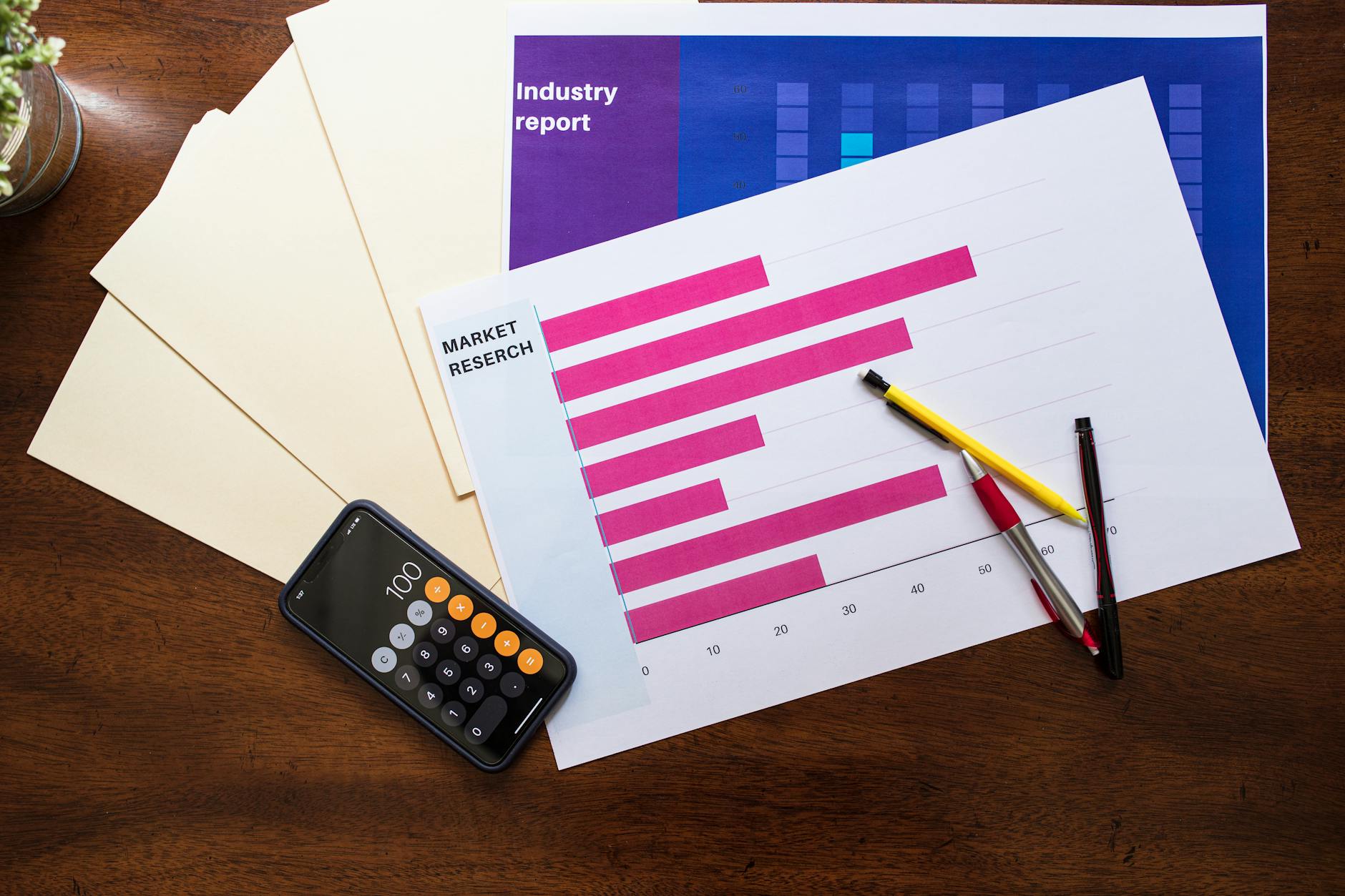What is usage tracking tools?
What is usage tracking tools?
In an age where productivity and efficiency are paramount, understanding the tools available to enhance these aspects can significantly boost your performance. Usage tracking tools are essential for anyone looking to optimize their time management and productivity. They provide valuable insights into how we spend our time, enabling us to make informed adjustments to our daily routines.
Understanding Usage Tracking Tools
Definition and Purpose
Usage tracking tools are software applications designed to monitor, record, and analyze how individuals or teams use various digital resources. Their primary objective is to enhance productivity by providing data on time allocation across tasks, applications, and projects. By giving you a clear view of your digital habits, these tools help identify areas for improvement and promote smarter work practices.
How Usage Tracking Tools Work
These tools operate by collecting data on your interactions with different software and online platforms. For example, they might track how long you spend on specific apps, websites, or tasks throughout your workday.
-
Data Collection: When you use a usage tracking tool, it runs in the background to collect information about your online activities. It can log time spent on various applications, websites visited, and tasks completed.
-
Data Analysis: After gathering data, the tool analyzes it to provide insights. This process often includes generating reports that visualize your productivity trends, showing peak productivity times, and identifying distractions.
-
Feedback Loop: Many usage tracking tools offer features that allow users to set goals or reminders based on their tracked data, creating a feedback loop for continuous improvement.
Benefits of Usage Tracking Tools
Improved Time Management
One of the most significant advantages of using these tools is enhanced time management. They allow you to see exactly where your time goes, helping you allocate it more effectively. For instance, if you notice that you spend too much time on unproductive tasks, you can adjust your schedule accordingly. By leveraging insights from these tools, you can prioritize tasks that truly matter, leading to a more productive workday.
Enhancing Focus and Efficiency
Usage tracking tools can help you identify distractions that impede your focus. By understanding which websites or applications consume your time unnecessarily, you can take actionable steps to minimize these interactions. For example, if social media notifications constantly pull you away from your work, you might consider setting specific hours for checking these platforms.
Data-Driven Insights
The data collected through usage tracking tools can inform better decision-making and habit formation. Instead of relying on guesswork, you have concrete data at your fingertips to guide your choices. This data can aid in forming productive habits, such as working during your most productive hours and taking breaks when your energy dips.
Popular Usage Tracking Tools
Toggl

Toggl is a popular time-tracking tool that offers a simple interface for tracking where your time goes. You can start and stop timers easily, categorize tasks, and generate detailed reports on your productivity. Toggl also integrates with various project management tools, making it a versatile choice for teams and individuals alike.
Photo by RDNE Stock project
RescueTime
RescueTime goes a step further by automatically tracking the time you spend on different applications and websites. It provides weekly reports that highlight your productivity patterns and helps identify areas where you can improve. With its focus on digital behavior, RescueTime can help you understand the impact of your online habits on your overall productivity.
Clockify
Clockify is another excellent option for those seeking a straightforward time-tracking solution. It allows you to log work hours and tasks and provides insights on productivity over time. Clockify’s user-friendly design makes it suitable for both freelancers and large teams.
Implementing Usage Tracking Tools in Your Routine
Setting Clear Goals
Before diving into the world of usage tracking tools, it’s crucial to set clear goals. What do you hope to achieve? Whether it’s improving your focus, managing time better, or identifying distractions, having a specific aim will help you make the most of these tools.
Regular Evaluation
Once you’ve started using a tracking tool, regularly evaluating the data is essential. This involves not only looking at the numbers but also reflecting on how they align with your goals. Are you spending less time on distractions? Are you meeting your productivity targets? This evaluation process will help you adapt and refine your approach as needed.
Conclusion
Usage tracking tools can be a game-changer in your quest for improved productivity and time management. By providing clear insights into your habits and routines, these tools empower you to make informed decisions that enhance your efficiency. If you’re serious about optimizing how you work and living a more balanced life, consider integrating a usage tracking tool into your daily routine. The benefits are undeniable, and the data-driven insights you gain can lead to profound personal and professional growth.